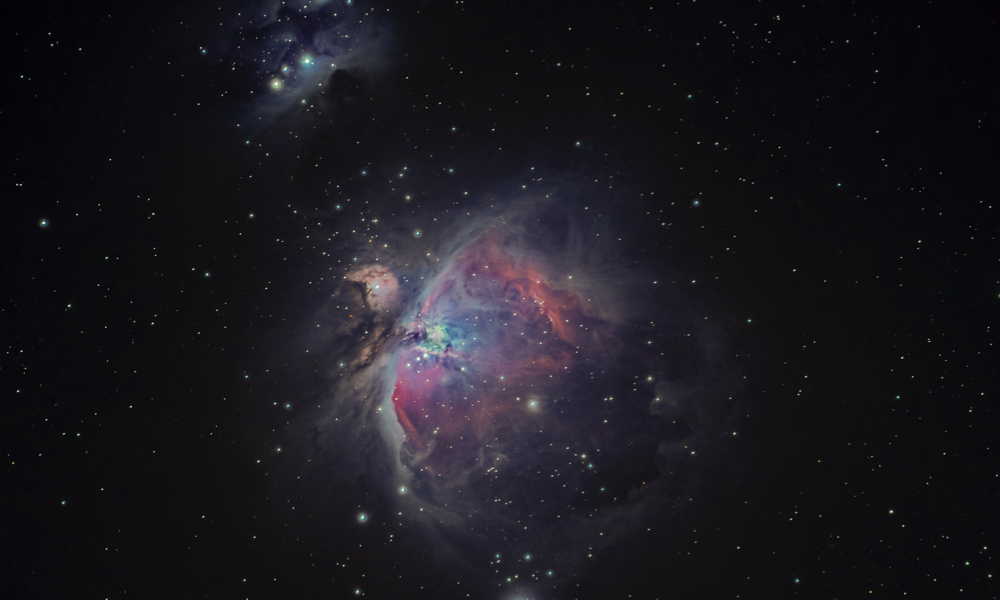
ESA Open Invitation To Tender AO8732
Open Date: 12/07/2016
Closing Date: 06/09/2016 13:00:00
Status: ISSUED
Reference Nr.: 16.1EE.08
Prog. Ref.: TRP
Budget Ref.: E/0901-01 – TRP
Special Prov.: BE+DK+FR+DE+IT+NL+ES+SE+CH+GB+IE+AT+NO+FI+PT+GR+LU+CZ+RO+PL
Tender Type: C
Price Range: 100-200 KEURO
Products: Satellites & Probes / System Engineering Software / Environment Models and Computational Tools / Radiation belts, Solar energetic particles, Galactic cosmic rays, ¿
Technology Domains: Spacecraft Environments and Effects / Space Environment / Numerical modelling of environments
Establishment: ESTEC
Directorate: Directorate of Technical & Quality Management
Department: Electrical Engineering Department
Division: Electromagnetics and Space Environment D
Contract Officer: Hertzog, Hendriline
Industrial Policy Measure: C3 – Activities restricted to SMEs & R&D organisations
Last Update Date: 12/07/2016
Update Reason: Tender issue
To create the processing chain to generate physical parameters from the raw EMU data including calibration arising from modelling and cross-calibration. This shall allow rapid access to the data for Galileo operations and build up a database for validation of specifications and modelling. Improve the statistics and functionality of the current Medium Earth Orbit (MEO) models. The modelling process shall allow easy updating of the model as new data accumulate. The radiation environment of the Galileo spacecraft is severe and still poorly characterised. Current models of the Galileo orbit are based on a dataset that is much shorter than a solar cycle. Following the termination of radiation monitoring from Giove-A and -B spacecraft operations using the Merlin, Cedex and SREM instrument, Galileo orbit radiation environment monitoring will resume with the novel EMUs on 2 FOC spacecraft. These data will be exploited to validate the environment specifications, reduce uncertainties, define margins, support satellite operations (e.g. anomaly investigations) and improve models for future design. A processing chain will be created to generate physical parameters from the raw data. As part of this process, calibration including Monte Carlo radiation modelling of the instrument response will be performed and there will be cross-calibration with comparable radiation datasets where mapping between the different locations is possible. Further development of radiation models of the Galileo environment e.g. MEO-V2 model will be performed and validation of general trapped radiation models will be undertaken, in order to improve the reliability of future spacecraft in the Galileo orbit. Priority will be given initially to developing the data processing tools, then the modelling techniques, with the modelling itself occurring mostly once sufficient data have accumulated. Complementary Giove data will also be included in the new models. Procurement Policy: C(3) = Activity restricted to SMEs RD Entities. For additional information please go to EMITS news “Industrial Policy measures for non-primes, SMEs and RD entities in ESA programmes”.
If you wish to access the documents related to the Invitation to Tender, you have to log in to the ESA Portal.
